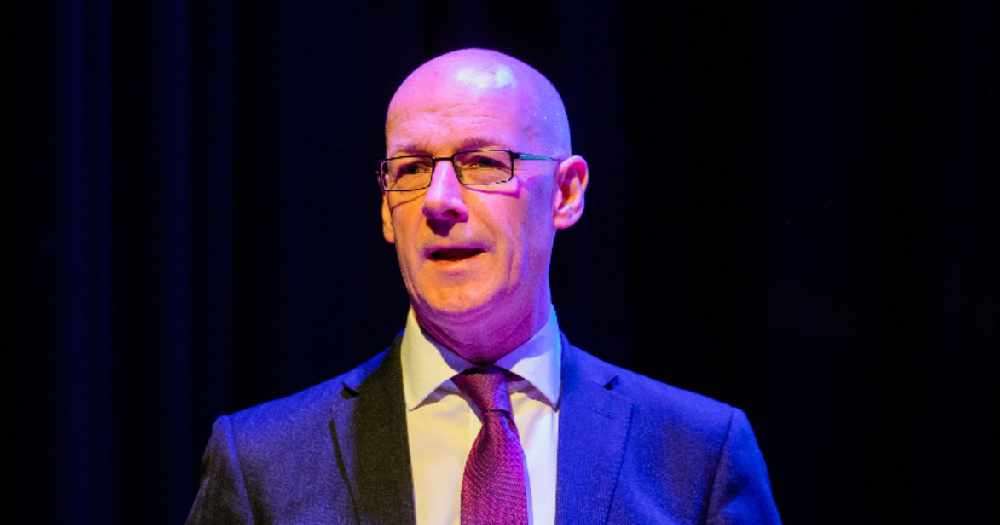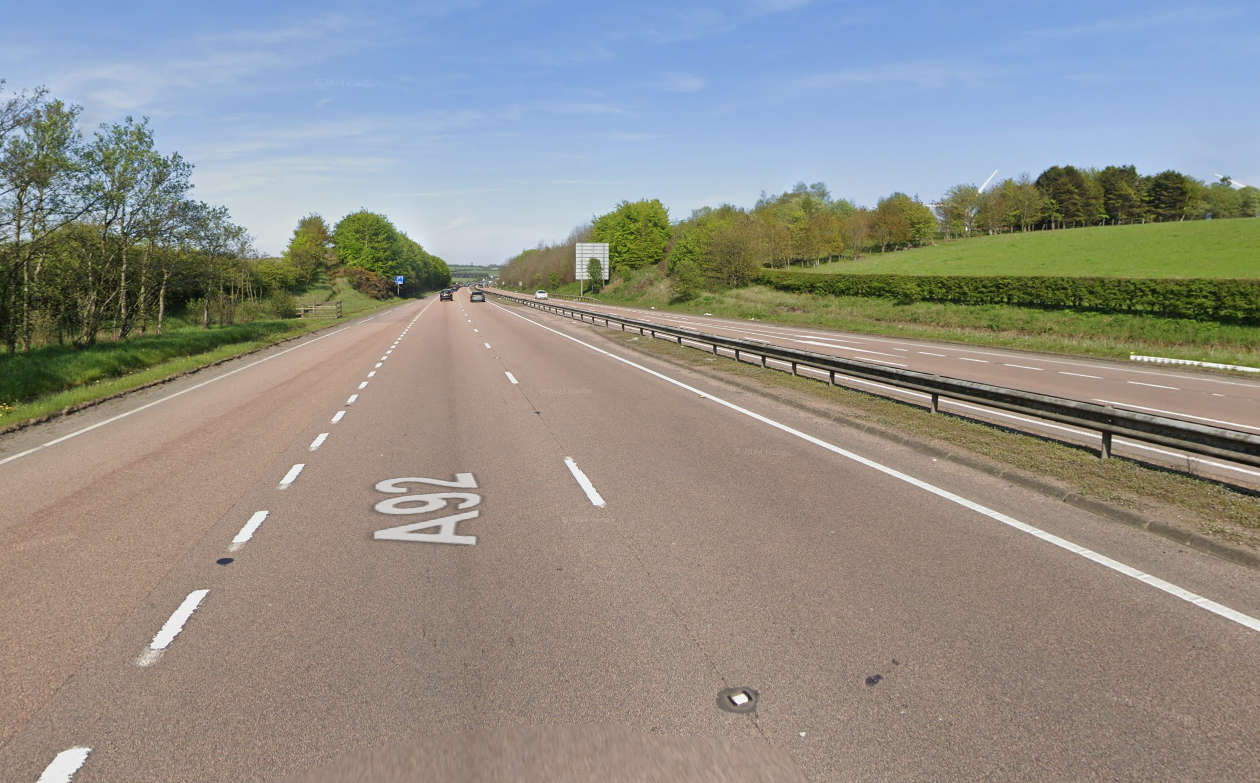
Councils need to improve their long-term planning to reduce long-term debt - which stands at over £12 billion.
Audit Scotland's report shows Fife owes £2,189 per resident, however two thirds of that doesn't have to be paid for forty years or more.
Borrowing is a major source of funding to invest in key services like schools, social care or roads.
The financial watchdog says scrutiny needs to be improved through better training for councillors, cutting out jargon to make reports clearer, and ensuring governance arrangements are solid.
Douglas Sinclair, chair of the Accounts Commission, it is "a highly complex technical area."
He said: "Councillors don't need to know every detail but they do need to know enough to ask the right questions. This is a critical part of council business which requires close and effective scrutiny, particularly in times like this when budgets are so tight.
"We hope this report will help councillors and officers make improvements through clearer information and wider analysis of options so that they can be confident that their borrowing policies deliver best value in the longer term."
The report says Fife Council has a lead member for finance. Some councillors on scrutiny committees have "highly relevant financial experience" but, apart from Scottish Borders Council, councils do not have formal processes in place for selecting councillors with relevant skills.
Local leader David Ross is defending Fife's staff:
In Fife
- Borrowing makes up 90% of the council's total debt.
- The council has borrowed £165 million since 2008/09.
- The level of borrowing has remained static compared to ten years ago.
- Almost two-thirds of borrowing needs to be repaid in 40 years or more.
- The council uses a combination of cash, council reserves and borrowing to meet capital investment requirements.
- The council is a pilot site for a TIF scheme which will involve an element of borrowing.


 Man, 44, seriously injured in hospital after crash between Comrie and Rosyth
Man, 44, seriously injured in hospital after crash between Comrie and Rosyth
 John Swinney announces SNP leadership bid
John Swinney announces SNP leadership bid
 Closures on A92 from TONIGHT for roadworks
Closures on A92 from TONIGHT for roadworks
 13°C
13°C
 11°C
11°C
 17°C
17°C